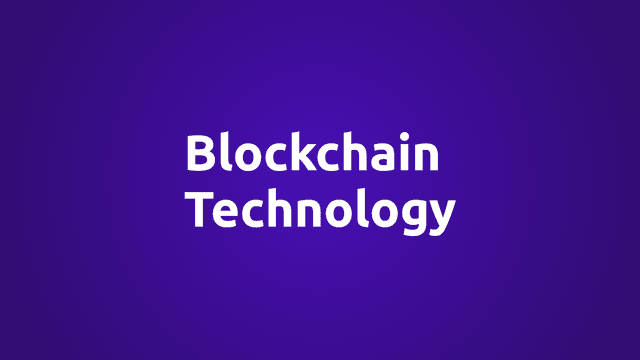How does blockchain enable secure and decentralized networks

Introduction:
Blockchain technology has revolutionized the way we envision secure and decentralized networks. In this article, we will explore how blockchain enables the creation of secure and decentralized networks, providing transparency, immutability, and resilience. By the end, you'll have a clear understanding of how blockchain technology contributes to the security and decentralization of networks.
1. Transparent and Immutable Transactions:
Blockchain networks achieve transparency and immutability through the use of distributed ledger technology. Here's how it works:
-
Decentralized Consensus: Blockchain networks rely on a decentralized consensus mechanism, such as Proof of Work (PoW) or Proof of Stake (PoS), to validate and record transactions. This consensus ensures that all participants agree on the state of the network.
-
Transaction Validation: Transactions are bundled into blocks, which are then added to the blockchain through a process called mining or validation. Each block contains a unique cryptographic hash, linking it to the previous block, forming a chain of blocks.
-
Security and Immutability: Once a block is added to the blockchain, it becomes extremely difficult to alter or tamper with the data within that block. The distributed nature of the network and the consensus mechanism make it computationally impractical to modify past transactions, ensuring their immutability.
2. Decentralization and Trustless Networks:
Blockchain technology enables the creation of decentralized and trustless networks. Here's how it achieves decentralization:
-
Peer-to-Peer Network: Blockchain networks operate on a peer-to-peer (P2P) network, where nodes communicate and validate transactions without the need for a central authority. Each participant maintains a copy of the entire blockchain, ensuring redundancy and resilience.
-
Consensus Mechanism: Through the consensus mechanism, blockchain networks enable participants to collectively agree on the state of the network without relying on a central authority. This consensus ensures that transactions are verified and agreed upon by multiple participants.
-
Eliminating Trust: Trustless networks: Blockchain networks allow participants to interact and transact with each other without the need for trust. The transparent and auditable nature of blockchain transactions ensures that participants can verify the validity of transactions without relying on intermediaries.
Example: dYdX Decentralized Exchange and Blockchain
dYdX is a decentralized exchange (DEX) built on blockchain technology. It utilizes the Ethereum blockchain to enable decentralized trading, lending, and borrowing of digital assets. Through the use of smart contracts and the consensus mechanism of Ethereum, dYdX provides a secure and transparent platform for users to interact directly with the blockchain.
Conclusion:
Blockchain technology has brought significant advancements in enabling secure and decentralized networks. Through transparent and immutable transactions, as well as the decentralization and trustless nature of blockchain networks, participants can interact and transact without the need for intermediaries or centralized control. As blockchain continues to evolve, it will continue to transform industries by providing secure and decentralized solutions for a wide range of applications.